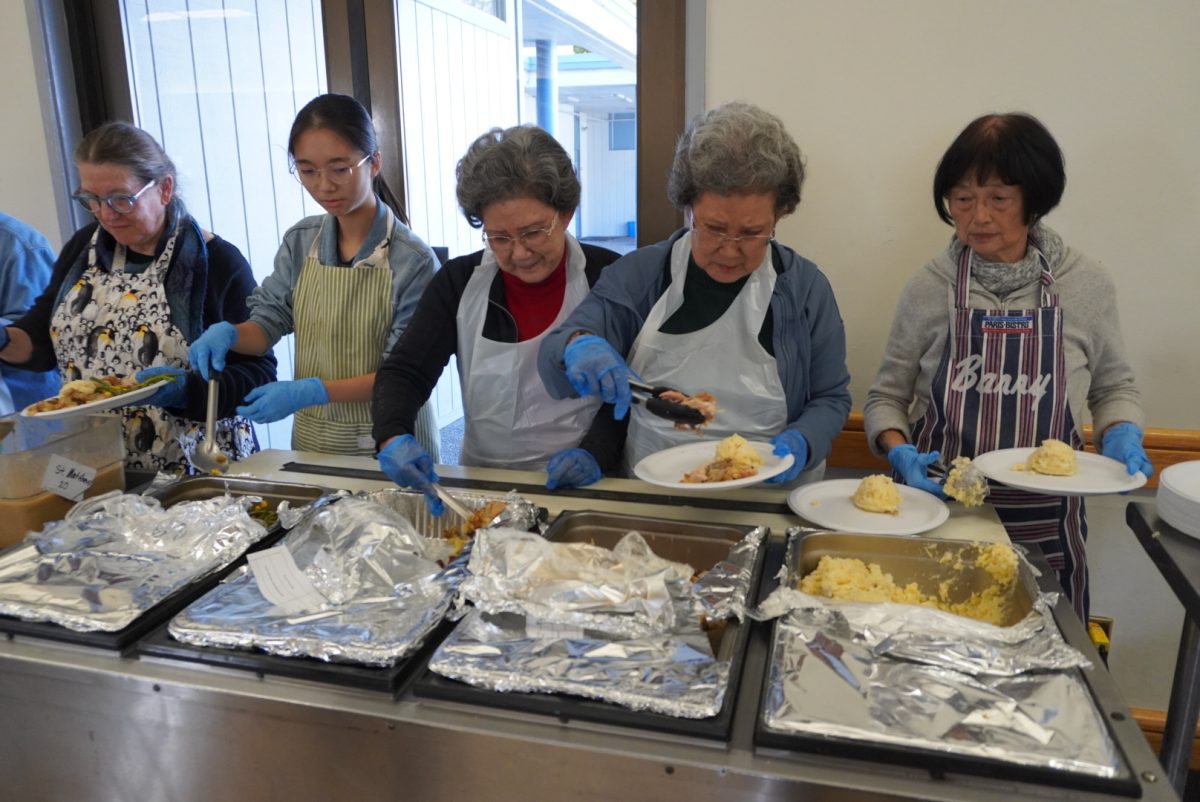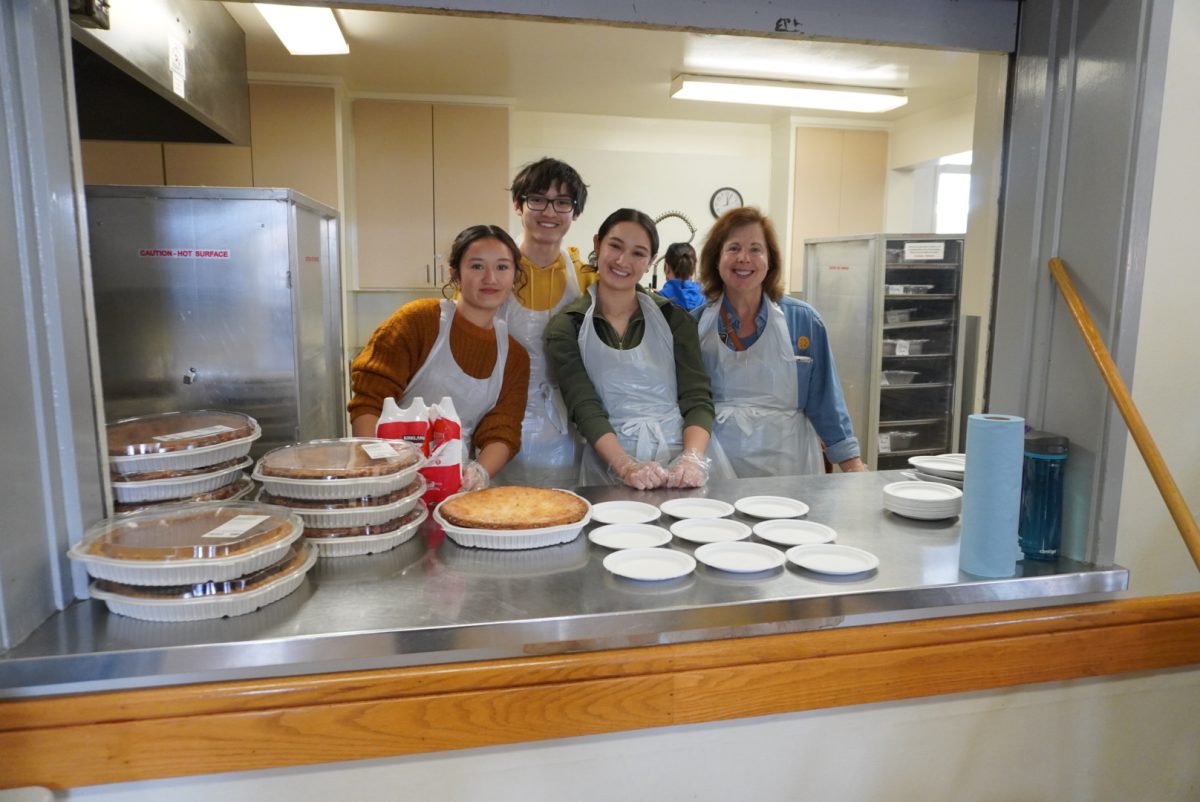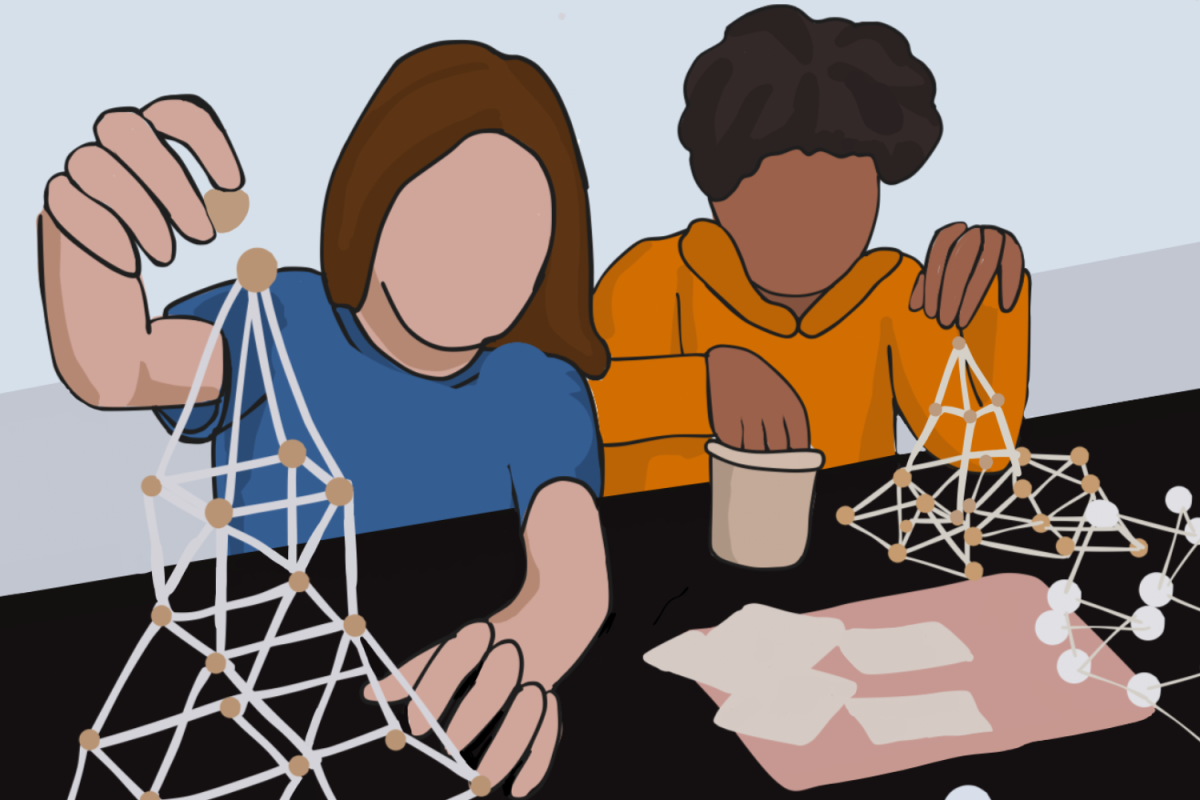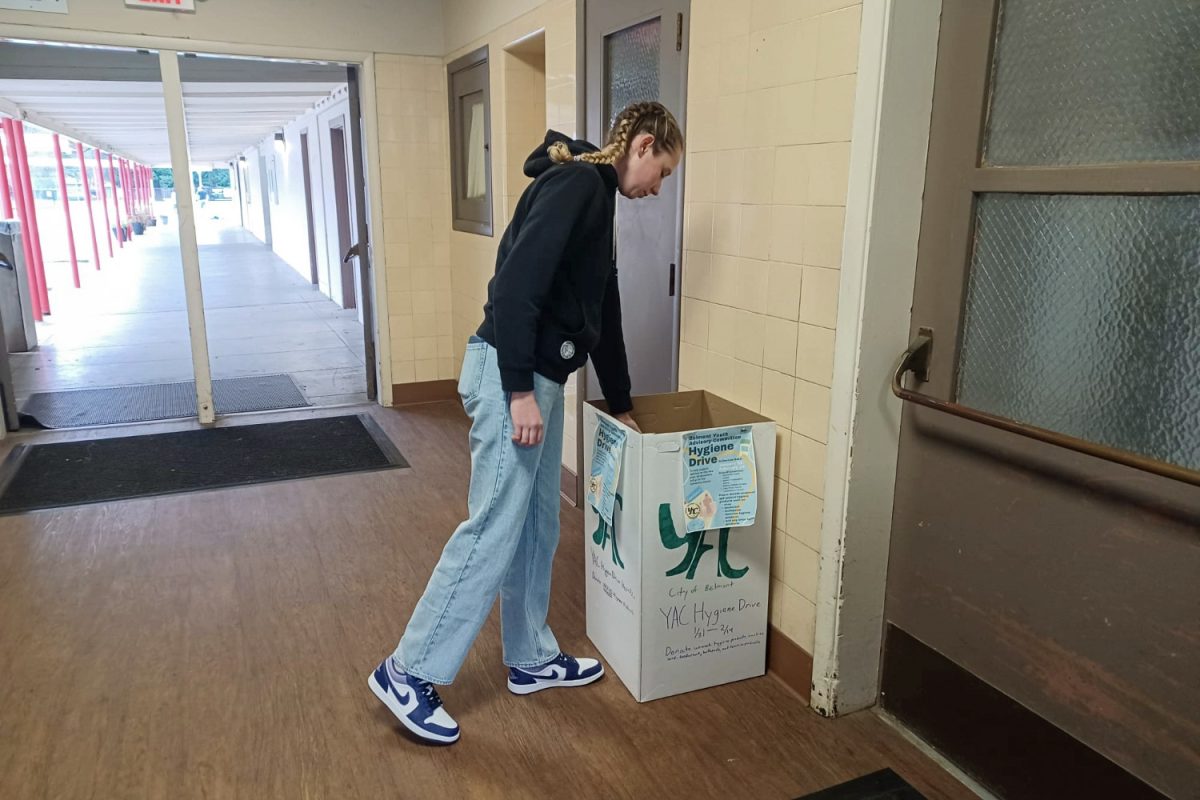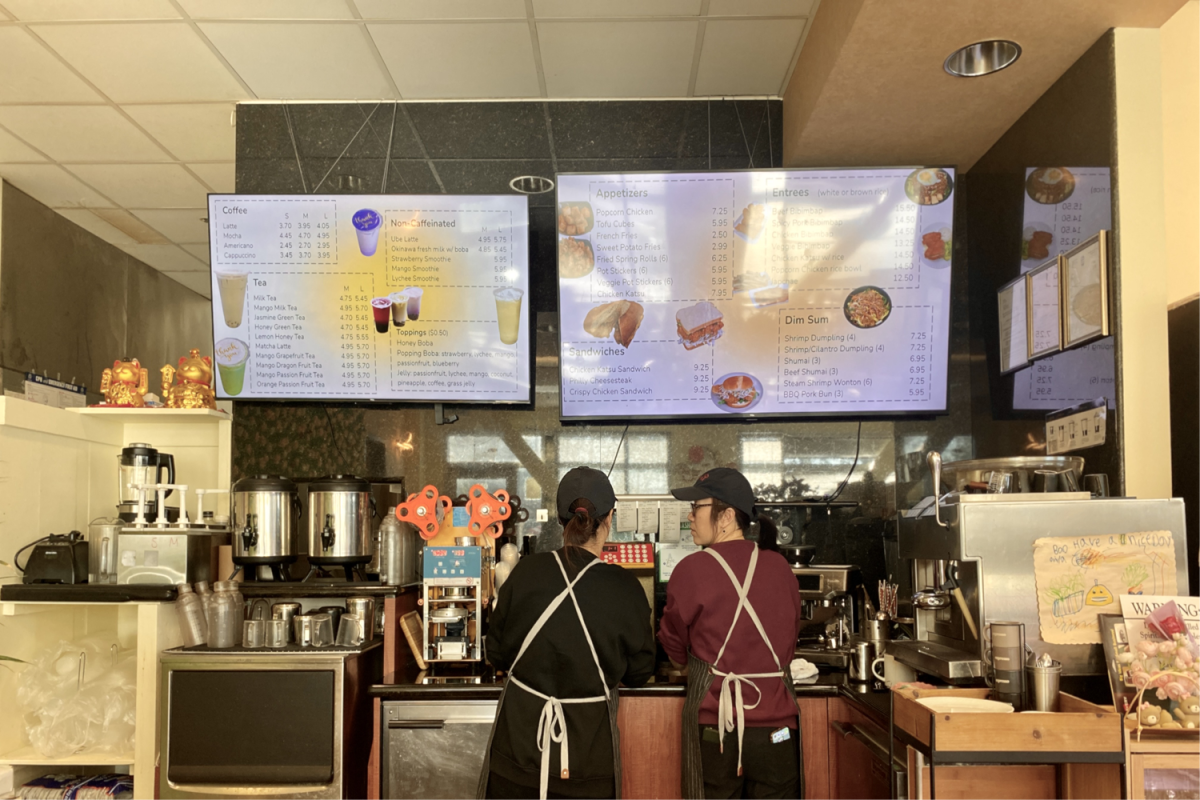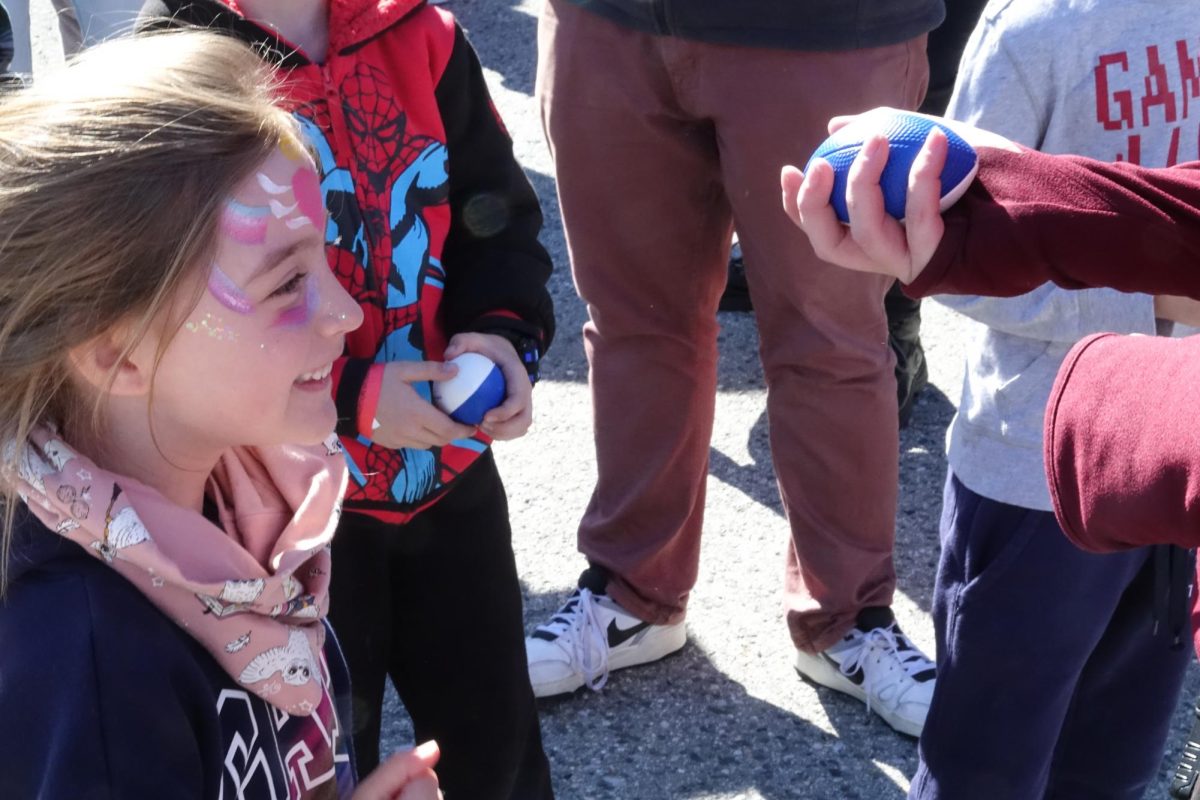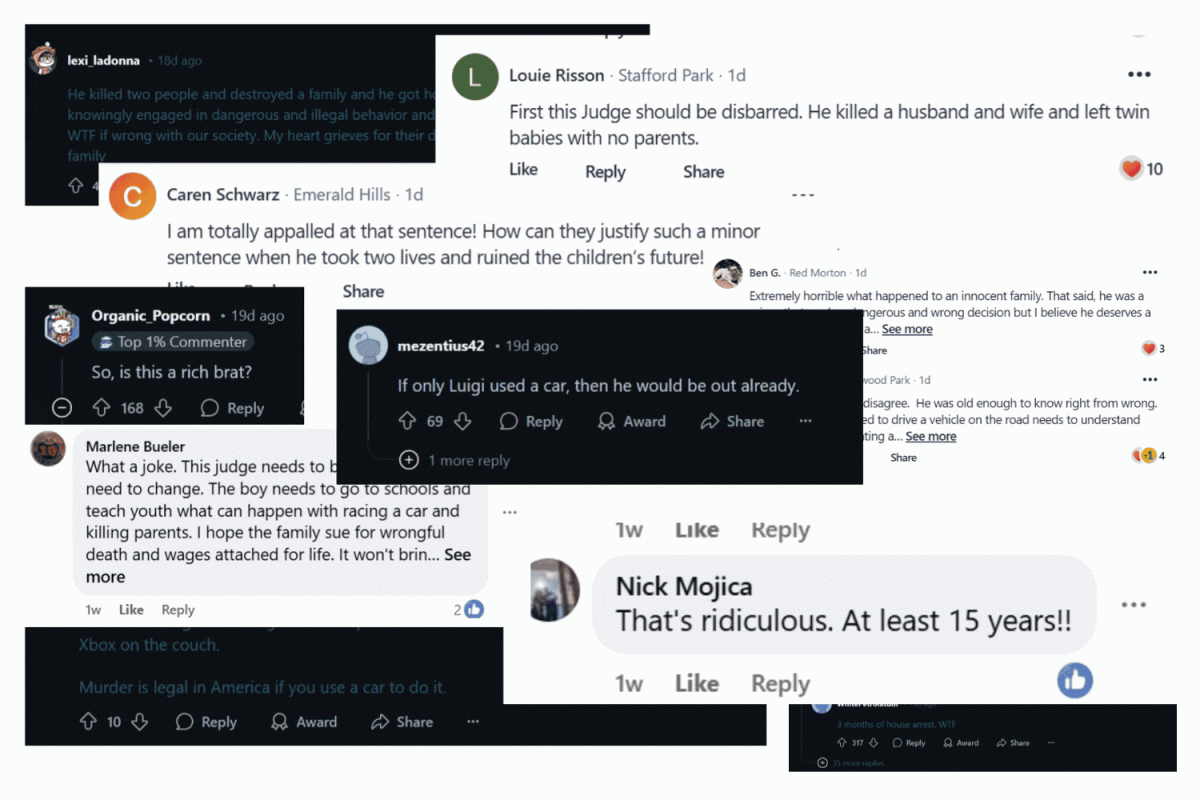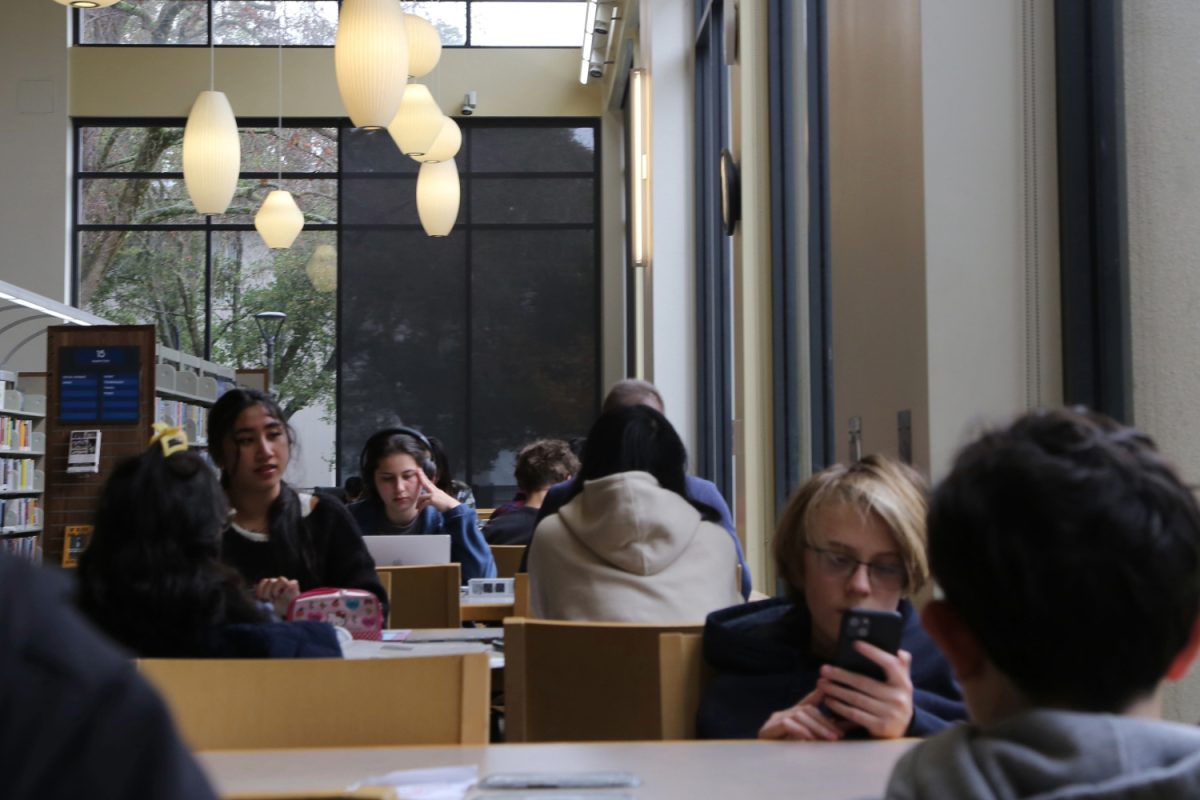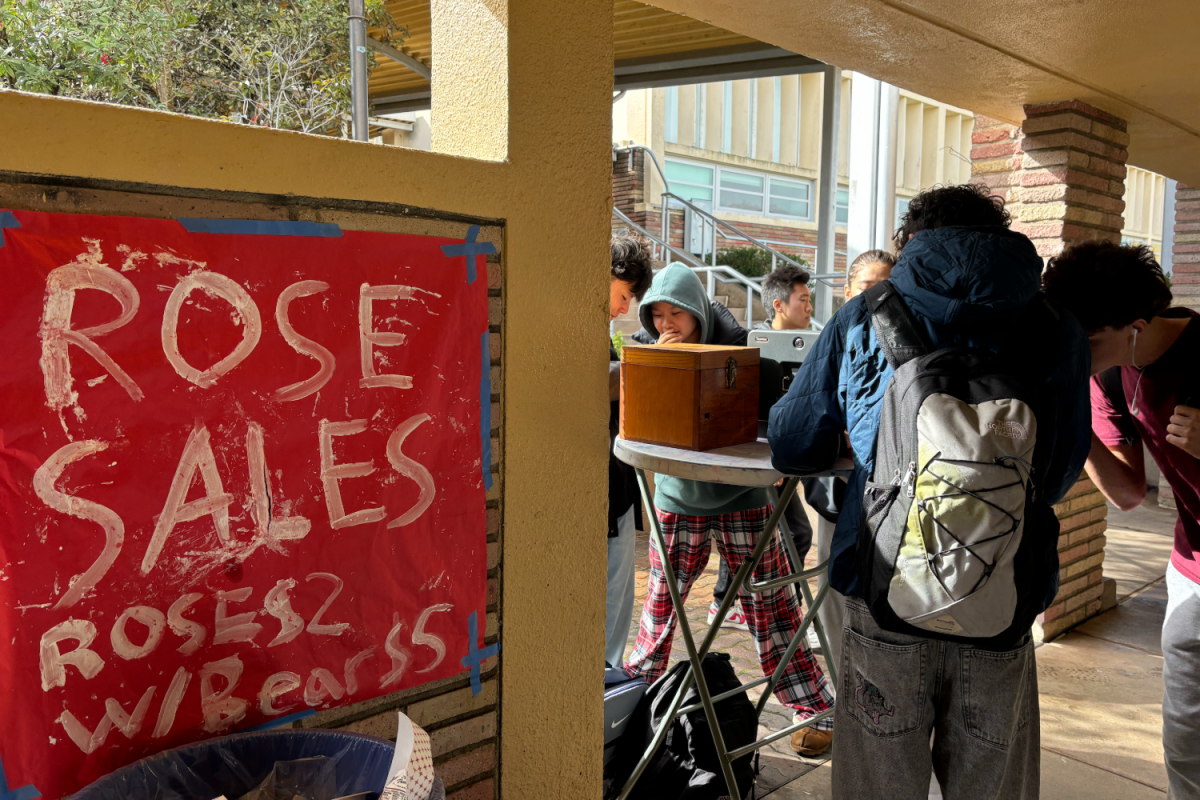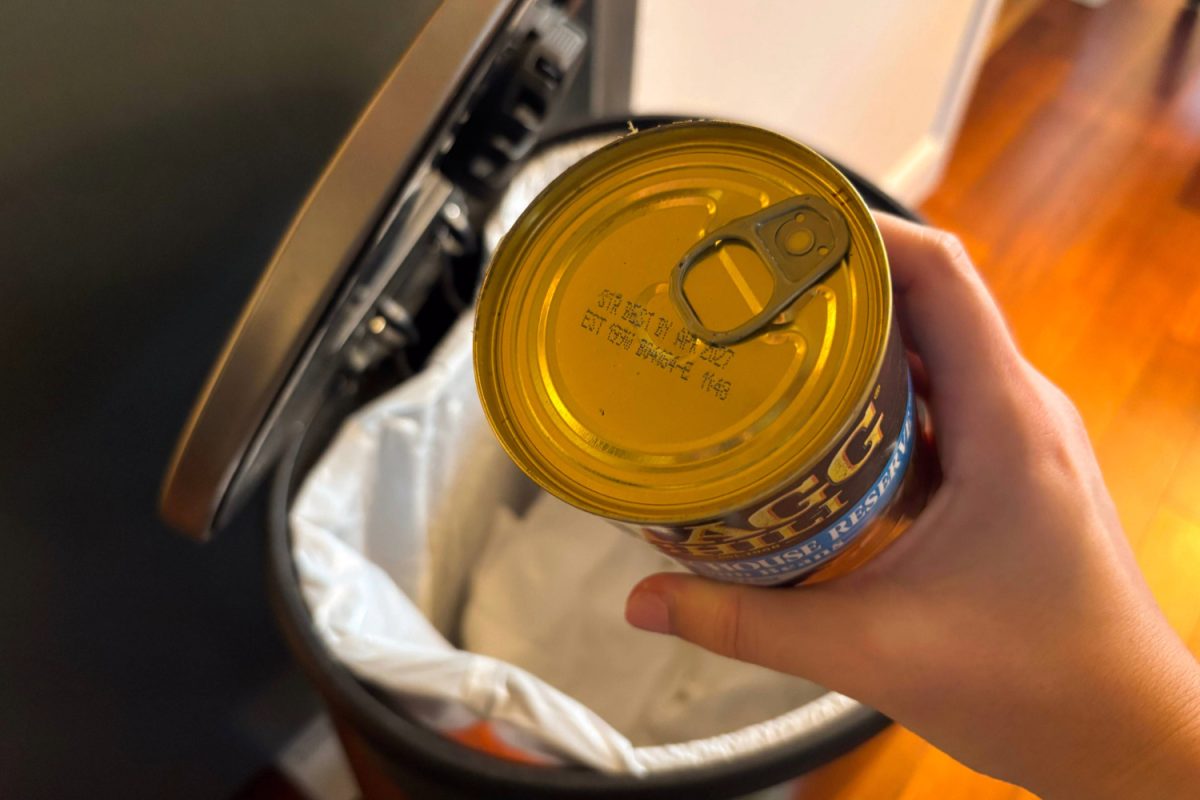Local food banks, soup kitchens, and other organizations team up during Thanksgiving to provide holiday meals for thousands of food-insecure individuals and families in the Bay Area.
Food banks like Second Harvest of Silicon Valley, soup kitchens like Martha’s Kitchen in San Jose, and anti-poverty organizations like Samaritan House in San Mateo all work to address food insecurity in the Bay Area. Each of these organizations serves different communities in different capacities and, therefore, helps these communities celebrate Thanksgiving in unique ways. From distributing groceries to providing fresh turkey and stuffing, these local programs aim to help families and individuals celebrate the holidays regardless of their financial situation.
Second Harvest: the heart of food distribution
Second Harvest of Silicon Valley, a food bank founded in 1974, is currently the largest food distributor in the Bay Area’s food safety network. The organization works with hundreds of partner organizations, donors, and volunteers to help supply the community with access to a reliable food source.
“The cost of living here in Silicon Valley is ridiculously high, and many low-wage families struggle to find enough food to eat daily. Many of them don’t even have $100 in savings and might have to choose between buying groceries for their next meal and buying a textbook for their child,” said Janette Brambila Ramirez, a Community Engagement Officer at Second Harvest.
As an extension of their normal operations, Ramirez explained, Second Harvest transports the food they receive through the help of donors and partner organizations to community organizations like Martha’s Kitchen, who will then use it to prepare fresh holiday meals.
“Our food department connects with these partner agencies to find out what they need to serve the specific communities in their area. For example, areas with a high Latino population might not want a turkey meal, so the organization may ask for other ingredients that they feel will best satisfy the needs of their communities,” Ramirez said.
In addition to providing food, Second Harvest also helps the community through the annual Turkey Trot in San Jose. The race offers multiple difficulty levels, from an “Elite 5K” to a “Run/Walk” option, making them inclusive to all individuals. Ramirez explained that each contestant must pay an entry fee, which is how Second Harvest benefits from the race.
“We’ve been beneficiaries of the Turkey Trot for a while; they just hit their 20th anniversary. We get a portion of all their proceeds, which allows us to continue our operations. The money is not just for food but also to maintain our staff, facilities, and the general cost of operations,” Ramirez said.
Martha’s Kitchen: feeding San Jose
Martha’s Kitchen is a soup kitchen in downtown San Jose that serves almost 230,000 monthly meals. Executive Director Bill Lee explained the organization’s mission.
“We serve meals to people 365 days a year. We serve people at our door and with partner agencies, since we understand not everyone has access to proper transportation. The idea behind our organization is not just to fill a belly but to meet people’s needs. If you’re only eating one meal daily, it ought to be at least a decent meal,” Lee said.
Lee explained that they aim to provide meals that are more than just a serving of starch to meet these needs. Martha’s Kitchen ensures that every meal is nutritious, balanced, and desirable. They make sure to incorporate enough fruits and vegetables into meals and offer dessert when possible.
“To prepare our Thanksgiving meal, which requires extensive work, we rely on hundreds of volunteers to complete this work. These tasks range from preparing 1,000 turkeys for roasting to mashing hundreds of potatoes. We often have a surplus of volunteers during the holiday season, which helps us complete this process,” Lee said.
While Lee and his team were able to provide their typical Thanksgiving meal this year, they have had issues in providing meals for the rest of the year. Being the most prominent food distributor for Bay Area organizations, Second Harvest plays a vital role in the day-to-day operations of Martha’s Kitchen. However, Lee explained that a large portion of their current fundraising is going towards constructing a new building, putting a strain on their existing distribution process and making it more difficult for soup kitchens to provide for the community. Lee said they serve 8,000 to 10,000 people daily, so it has been difficult with less help from Second Harvest.
The organization serves various individuals and families with varying needs and socioeconomic status.
“Almost all the unhoused in central and downtown San Jose come to our doors. However, there are more than just homeless people. We often get families, especially on Thanksgiving, who don’t have the money for a special meal but still want to do something for their kids. We also work with partner agencies specializing in other groups, like our partner in Sunnyvale, serving 1,000 seniors a week,” Lee said.
Most people who come to Martha’s Kitchen are regular returners, though some only come for short periods. Lee explained that many people will go to them in a challenging financial situation but may only stay for a short time.
Samaritan House: a comprehensive approach
Samaritan House was founded in 1974 and is the leading anti-poverty organization in San Mateo County. Vice President of Advancement Jessica Harders explained that they work to keep people fed, housed, clothed, and safe throughout the year. They accomplish this through several programs, including three shelters within the county, two free medical clinics, a worker resource center to help connect people with employment, and, their most prominent, a food program.
“Our food program comprises multiple services. We have a kitchen cooking over 1,000 hot meals per day. We have a food pantry and drive-thru where registered clients can get free essential groceries. And, recently, we started a new program called ‘Cora’s Kitchen’ where people can come in and pick out groceries — like a mini Trader Joe’s,” Harders said.
Harders explained that they continue their food pantry service for Thanksgiving and December holidays but offer more specialized holiday items, such as turkey and stuffing. For the first time since before the pandemic, they hosted an in-person Thanksgiving lunch where they served more than 300 guests.
“Every time we do an in-person event like this, the most common response we get is a simple ‘thank you.’ It’s very humbling to hear this and the stories of these people, since many of them are dealing with personal crises and have a hard time making ends meet. One person I met said they saw flyers about the event being in-person and attended so they wouldn’t have to be alone on Thanksgiving,” Harders said.
Like Second Harvest and Martha’s Kitchen, Samaritan House relies on donors, volunteers, and partner agencies to serve their communities.
“Our food team works year-round to serve our 29,000 clients and is especially busy around the holidays. They advertise all of our services, like grocery distribution and holiday meals. Since we have an extensive workload, the volunteer team also tries to get as many volunteers as possible during this holiday season. We had around 19,000 pounds of poultry distributed,” Harders said.
Samaritan House also has a strong partnership with Second Harvest, which experienced a protein shortage this holiday season that trickled down throughout the food safety network. To combat this, Harders explained that Samaritan House put in a call to their donors, and people even ran protein drives to help them get enough for the busy holiday season.
Harders also noted that while the holiday season has an influx of volunteers, it also comes with challenges. For a lot of families who are unable to provide a special meal to their kids or give them presents, Harders noted this time is incredibly difficult. Samaritan House often receives a surplus of donations during this season, and they make sure to plan for the upcoming season when there is a drop in volunteers.
While donations and volunteers tend to fluctuate, Harders noted that there was one clear trend in the COVID-19 pandemic in 2020.
“We saw an immense rise in need right at the start of the pandemic, back in 2020, and right now, we are serving more people than we ever have. This rise in need has been consistent; it has been about a 10% growth since then. However, the donations have been leveling off and even declining because the issue isn’t as front and center now as it was during the pandemic. It was very challenging then, but it is still quite challenging now. Our job is to get out in front of people and ensure everyone knows the need hasn’t gone away. We do see an outpouring of support from the community during this season, but we still can’t rely on it to fully meet the growing need,” Harders said.
“People need help 365 days a year. And it’s great that people want to help once a year, but what happens to the other 364 days? Volunteering at an organization like ours shouldn’t be Thanksgiving-centric because that doesn’t meet people’s needs. There are a lot of churches and organizations that fire up one day a year on Thanksgiving with many meals to serve; and don’t get me wrong, that’s all great, but, you know, one day a year doesn’t keep people from starving,” Lee said.

